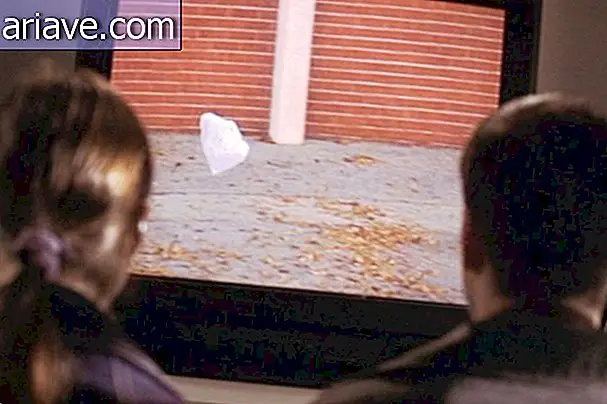NASA shows why Brazuca is so much better than the 2010 World Cup ball
Although for many soccer balls they are all exactly the same, in practice this is not exactly what happens - so much so that there are researchers who dedicate their careers to creating perfect versions of the object. In World Cup times, companies like Adidas invest a substantial amount of money in making a ball that will allow players to perform their activities in ways that are appropriate to their abilities.
While in 2010 professionals harshly criticized Jabulani - known for its unpredictability - the same should not happen to Brazuca, chosen for the competition that is based in Brazil. Much of the problem with the object used during the South African Cup was due to the fact that the air was erratically passing through its seams when it was in near zero rotation, which made it difficult to know the trajectory it would take - something that doesn't happen on the current ball.
According to NASA, Adidas worked with “hundreds of players to develop Brazuca”. While the Jabulani consisted of eight interconnected leather panels, the 2014 World Cup ball adopts only six panels and has a larger stitching length than its predecessor, and features a deeper stitching and small “bumps” on its leather, factors that contribute to better aerodynamics.
Greater stability and improved performance
“A thin layer of air forms near the surface of the ball and this layer is critical to performance, ” explains Rabi Mehat, NASA lab chief. Although the rougher aspect of Brazuca slows it down, it contributes to fewer unexpected twists and gives players more control over their movement.
To prove the quality of the object, it was tested in a wind tunnel at the Ames fluid laboratory, which allowed it to observe its behavior with the aid of a jet of smoke and laser light. “The players will be happy with the new ball, ” says Mehta. “It is more stable in flight and will behave more like a traditional 32-panel ball.”
Via TecMundo











